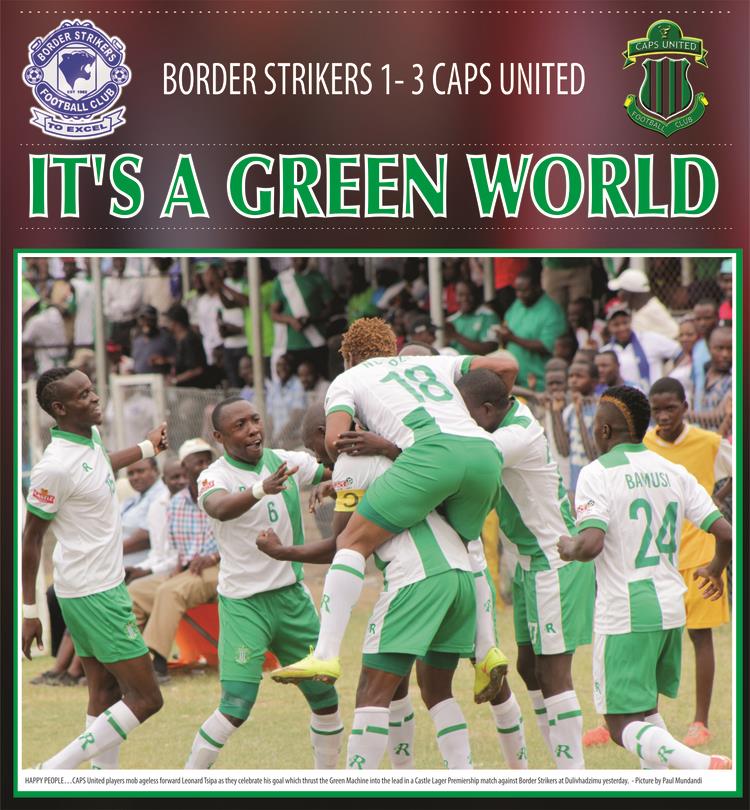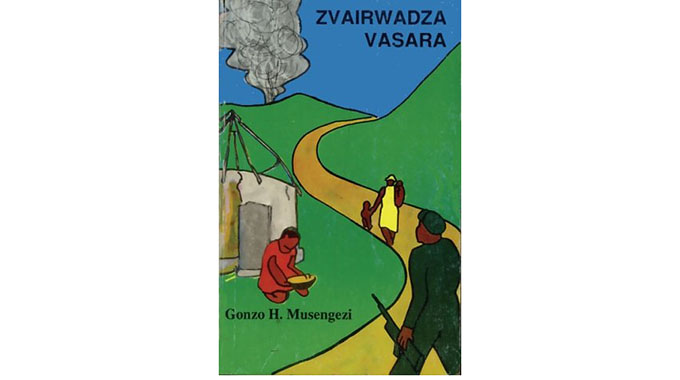When art is more than mere rhetoric
Elliot Ziwira @The Bookstore
One unique trait about Joyce Jenje Makwenda is her ability to tell the woman’s story without being overly defensive or overtly feminine, which makes it possible for her audiences, be they female or male, to pick their own biographies within the tales of the travails of the fairer sex. The burden of womanhood pervading Jenje Makwenda’s musical repertoire rings inthe ears of the listener or reader long after the last decibel’s demise, because of the way the artiste articulates the artistic journey of suffering, hurt, despondency, malady, frustration and betrayal.
Because music and women refuse to be dated, it is not our habit at the Bookstore to go against gentlemanly trends. Having grown up in Mbare then known as Harari, Joyce Jenje Makwenda was influenced by the women who shaped her existence as an African. Through the inspiration of her father David, music became an expressive vent to her at an early age.
The past 30 years have seen Jenje Makwenda working on stories on cultural issues, politics, religion, media, music and journalism because as she says, she is a born storyteller. A visit to her archive would reveal the many battles she has fought on her journey to liberate the long subdued aspirations of the oppressed women whom she refuses to call vulnerable or feeble.
As a researcher, journalist, historian and archivist Jenje Makwenda purveys the timeless struggles that weigh down on women’s aspirations as mothers, wives, breadwinners, caregivers and musicians. There is a section in her archive which captures the history of such aspirations in the form of photographs, musical albums, books and other paraphernalia.
The section covers women in arts, religion, politics, informal sector, media, the history of the informal sector; which women started in the colonial era as they strived to put bread on the table in a society that gave scanty regards to their hopes.
Jenje Makwenda’s quest as a sojourner of truth has culminated in books, films, television documentaries, newspapers articles, journals, lectures and radio programmes; which has seen her win many awards.
Her documentary, Zimbabwe Township Music got a special mention in Southern African Film Festival (1993). Best TV Producer of the Year (Entertainment, music, drama), in the National Journalistic and Media Awards of 1993 (Zimbabwe), Sponsored by REUTERS, second best TV Producer of the Year 1994 (National Journalistic Awards, Zimbabwe Sponsored by REUTERS), Freelance Woman Journalist of the Year 1999 funded by UNIFEM and hosted by The Federation of Media Women of Zimbabwe and Population Development and Gender Writer of The Year (Overall Winner) funded by UNFPA and hosted by Zimbabwe Union of Journalists (ZUJ) in 2002.
Although she has written quite a number of books such as “Zimbabwe Township Music” (2005), “Gupuro” (2006), “Usenzeni” (2007), “Divorce Token” (2009) and “Zimbabwe Women Musicians: 1930s-2013” (2013), it is her latest offering “Women in the Arts in Zimbabwe” which is the crème de la crème of them all, especially so because of its exploration of what constitutes art.
Art is more than what meets the eye as Joyce Jenje Makwenda highlights in the book which engrosses the reader in 16 genres of art namely; music, media, literature, film, theatre, dance, visual arts (painting, sculpture, mixed/multimedia), fashion, culinary arts, comedy, arts and crafts, and sex art.
The book, which will grace the Bookstore before year end as it is already with the printers, explores how the genres covered survived the rigorous travails of the colonial era to remain as steadfast as they are in the current expressive struggle. The disciplines covered are arranged in such a way that the reader is able to identify with them because they tap into the way the Zimbabwean society understands art, how women perceive themselves and how the writer discerns the genres.
Storytelling was used as both a didactic and entertaining platform since time immemorial as a way of regulating behaviour and passing on societal mores and values from generation to generation. Today, storytelling has transformed into a number of forms; film, literature, theatre/drama, poetry and music, which all evoke visual, aural and tactile images.
Food has always been central to African relationships and cooking used to be women’s domain. Cooking has never been just any other chore, but an art that has to be perfected and honed so as to keep familial ties intact. Today cooking has taken a commercial inclination as a culinary art, hence, women have to fight it out with men to remain afloat.
Another interesting genre covered in the book is sex art; an art form through which women used to communicate their sexuality. It is imperative that women feel confident about their sexuality and be able to communicate how they prefer to share it in an agreeable way. Traditionally, it was acceptable for women to be artistic about their sexuality in a celebratory way so as to communicate their feelings to their partners.
However, today’s society is quick to raise the morality flag if a woman uninhibitedly expresses her sexuality, and it is this that the writer debunks in “Women in the Arts in Zimbabwe”. Through sex art, women should challenge notions of morality when it comes to what makes them sexually satiated and happy.
In the book the writer encourages women to continue using art as a means of communication; sex art is an effective way of communicating in this context and women should feel empowered to do so, rather than be shied into sexual subjugation.
Painting is also given space in the book. Doris Kampira is cited as saying that women used the art of painting as a way of expressing their roles as mothers, housewives and caregivers. Their paintings were said to be inferior to men’s because they would usually paint kneeling down which has since changed.
Film, music and literature are some of the genres in which women are comfortable and have been given prominence in the book. However, women still lag behind in film as they are comfortable in taking up acting roles and work as production assistants instead of going for the more challenging tasks like producing, directing, set designing, photographing and editing.
Trends are also changing in music as women desist from being perpetual vocalists by exploring other musical avenues like playing instruments, engineering, producing and recording. However, singing remains women’s domain in their struggles to remain sane in a world where insanity is in vogue.
Another genre that women are also comfortable in is literature; both prose and poetry. Since the 1950s women have been telling their stories through literature. Writers that easily come to mind are Doris Lessing, Tsitsi Dangarembga, Barbara Makhalisa-Nkala, Virginia Phiri, Sarudzayi Chifamba, Yvonne Vera and Petina Gappa.
Women have been able to capture their aspirations through history by writing down their stories or performing them in poetic form. The prevailing challenges always provide fodder for expression.
Dance as an art form is also highlighted in the book. Dancing provides an expressive vent which when interpreted well within different cultural contexts tells the story of suffering, vitality, regeneration, love and betrayal. Different dance routines have a plethora of cultural connotations whose meanings are derived from the cultural and historical backgrounds that shape them.
Jenje Makwenda bemoans the fact that despite the effort that women put in their artistic work and how much they excel, there seems to be a pattern in their rather unceremonious disappearance from the mainstream arts industry and the way their personalities are steeped in controversies. Women’s progress in the arts is always impeded by a number of challenges because they are expected to perform their duties as mothers and wives before anything else as culture dictates.
Visual arts and sculpture are examined in an interesting and refreshing way in the collection.
Thematic concerns highlighted in Jenje Makwenda’s informative book “Women in the Arts in Zimbabwe” include, the public space (private space, persona), voice and artistic expression, women’s images, cultural correctness — self censorship, encouragement, mentorship, women and resources (funding and economic empowerment), education, personal time, life management, motherhood, sexuality and the media.
As the writer aptly purveys, art is more than mere rhetoric as it touches on all aspects of humanity, not women’s travails per se. A must read book for serious followers of art in all its different facets.










Comments